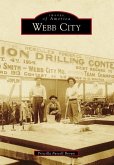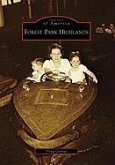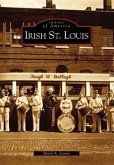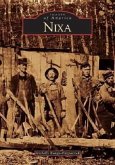When lead was first discovered in southwestern Missouri around 1830, it had little value, and zinc, called black jack, was discarded as waste. After the Civil War, mining camps sprang up along the Joplin Creek Valley, which was named for Methodist circuit rider Rev. Harris G. Joplin. As the mining camps merged into neighborhoods and zinc increased in value, Joplin was quickly coined the city that jack built. Known for being a rowdy boomtown, it was said that Joplin had a bar on every corner and a church across the street. Many early settlers came to Joplin seeking their fortunes in the mines, while others came to make their fortunes off of the miners.
Hinweis: Dieser Artikel kann nur an eine deutsche Lieferadresse ausgeliefert werden.
Hinweis: Dieser Artikel kann nur an eine deutsche Lieferadresse ausgeliefert werden.








